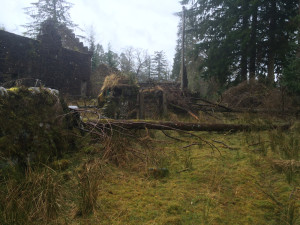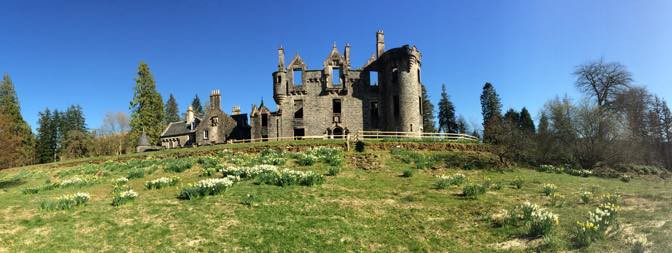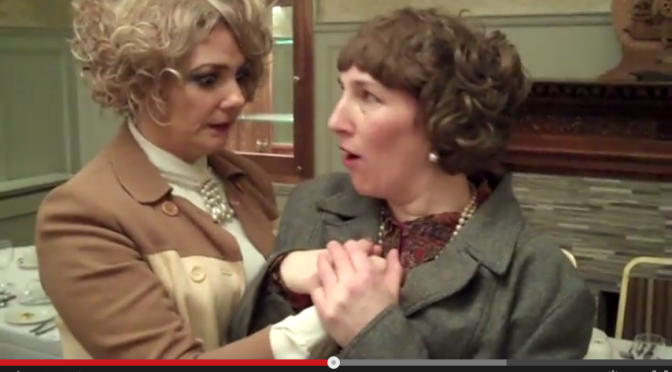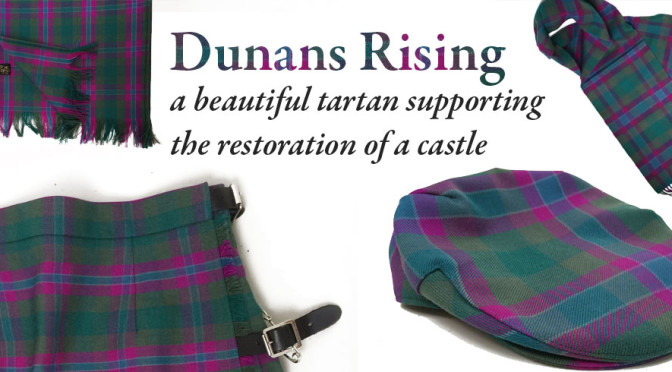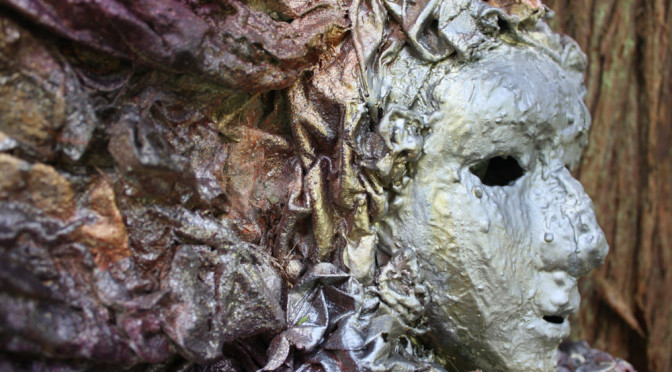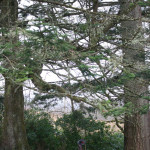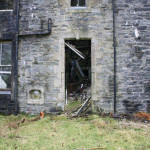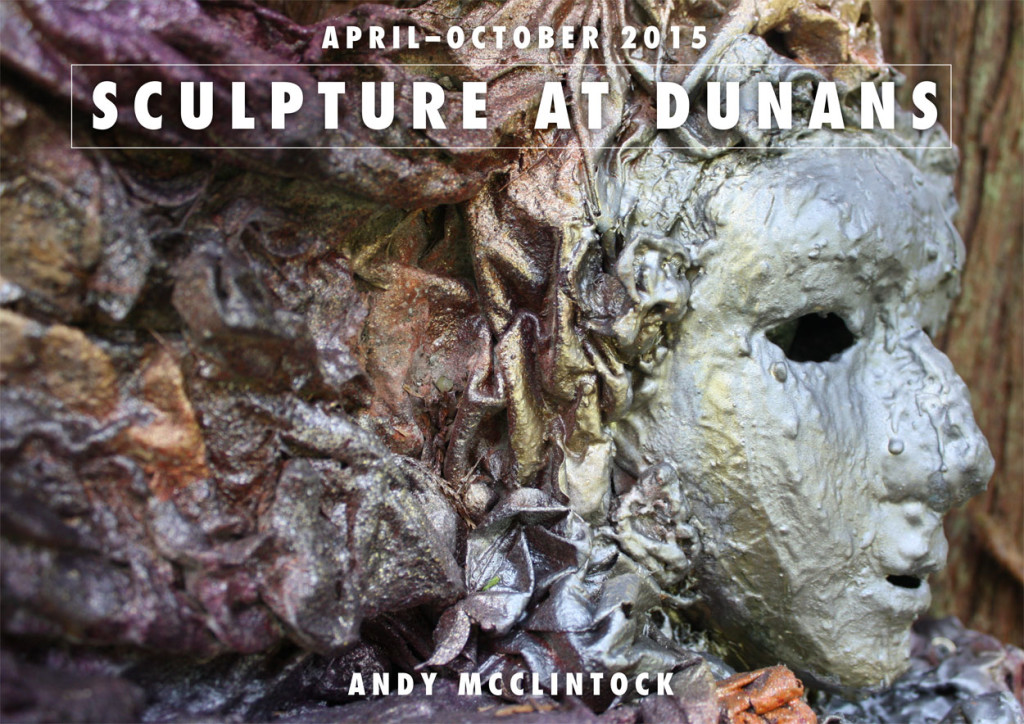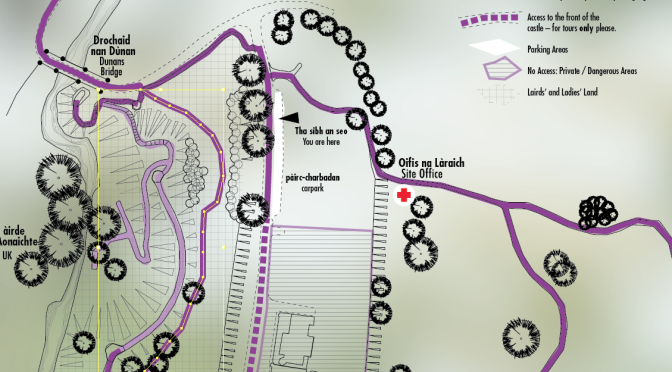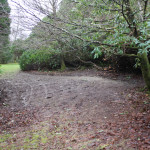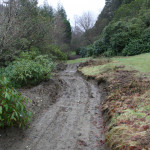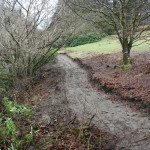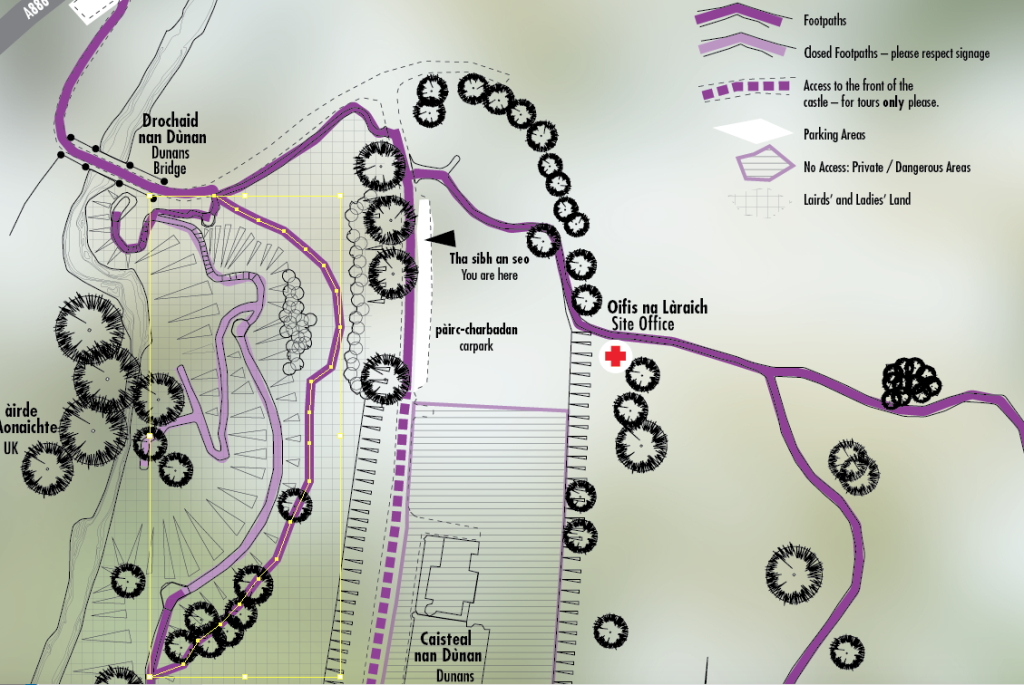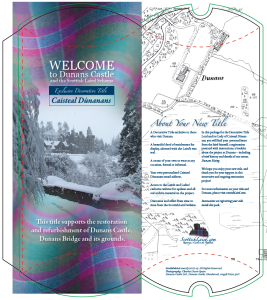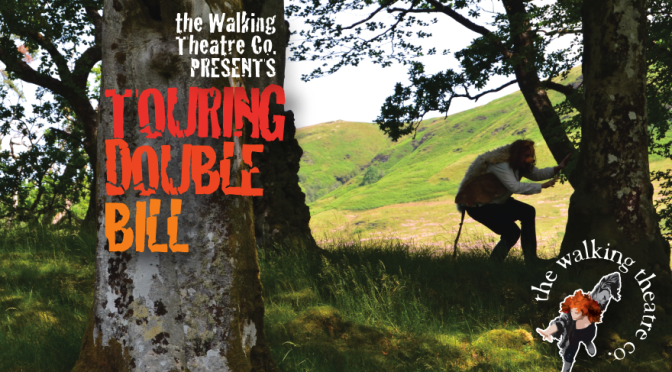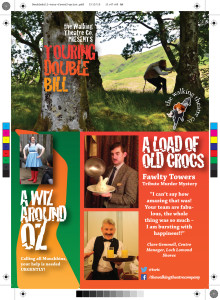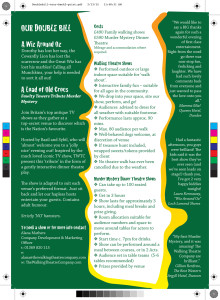We’re working very hard at Dunans, restoring and protecting Castle and Bridge – the castle is a B-listed structure, and the bridge is A-listed. If you have been following my posts you’ll know about our Conservation Plan for Dunans, and how we are moving from feasibility work, through design and investigatory works towards consent.
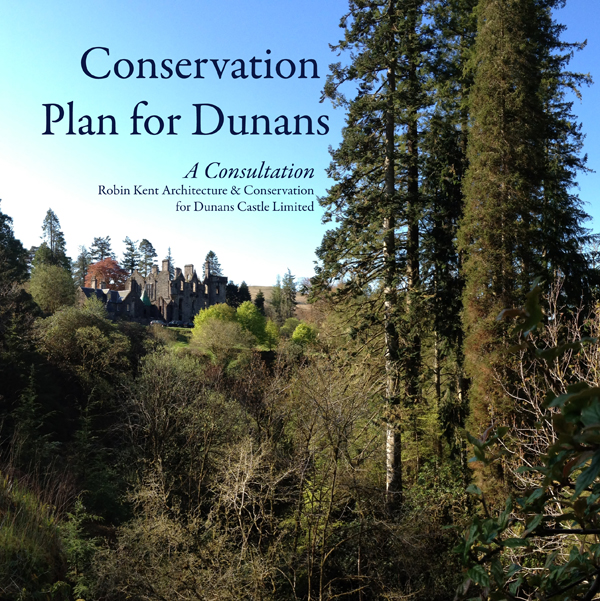
Associated with the site there are several other historic structures. One is the C-listed Fletcher Mausoleum: this building is the only one remaining in Fletcher ownership – which is entirely appropriate. Another is the old steading to the North-east of the castle, known as Dunans Steading – a building sold apart from the Castle in 1999.

Built at around the same time as the bridge was built it is believed the Steading was used as accommodation for the workforce who worked on the A-listed structure. Over the subsequent years this courtyard of buildings was utilised variously by the Fletchers as: mill for the timber needed to construct the castle; estate office, running the 40,000 acre estate; stables; hay barn; vehicle storage and general workshop space.
In the mid-2000s an application was submitted which the local authority insisted was accompanied by an application for Listed Building Consent. This Listed Building application was acknowledgement of the very particular place the building plays at Dunans. Not only does it stand in the historic policies of Dunans Castle, and has a direct functional purpose for the castle, but also the only access to it, is Dunans Bridge. This fact of access means that any use the owners of the Steadings make of the bridge has to be cognisant of the listed status of the bridge, the involvement of Historic Scotland and the Dunans Charitable Trust.
The other factor in this story, is the electricity supply to the castle. Originally of course, when both buildings were in the same ownership , the power supply could be routed to the steading and then onto the castle without problem. In fact, when it was installed Colonel Fletcher insisted the meters be sited at the Steading for ease of access by the electricity company, as well as ensuring the privacy of the family and the proximity of the working element of the estate for any queries. A sensible arrangement then.
However, when the Steading was split apart from the castle the meters weren’t similarly split – neither the electricity company or the then owners insisted on this, despite it being a condition of sale. This means then to read our bill – more of which in a subsequent post – I have to venture onto the neighbouring land, and in close proximity to fallen trees, smashed walls and very precarious gable ends pick my way to the meters, prise open the meter door and take the reading. A tri-monthly gauntlet.
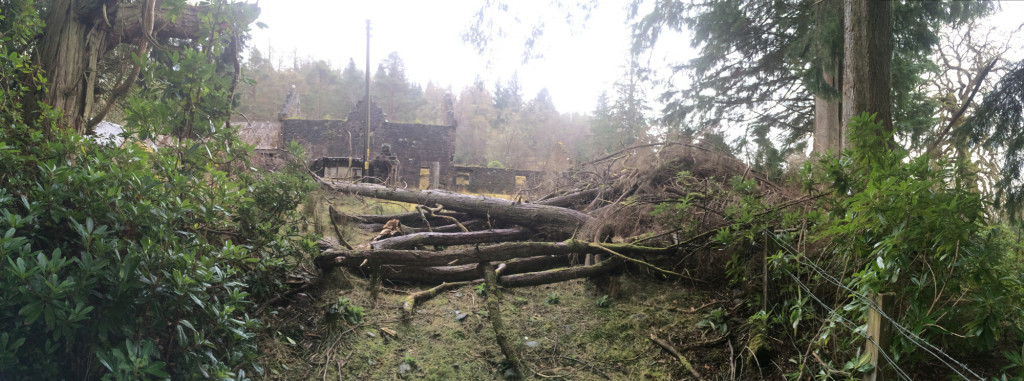
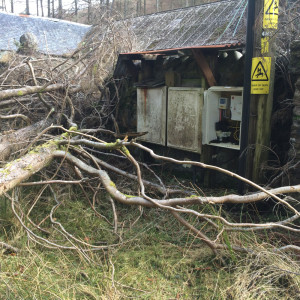
To record the state of things, and the danger to yours truly, this time I took some photos, and was inspired to write this post when I saw the results – a building in desperate need. The owners have refused us contact details (we believe they are based down in Kent), are not contactable through their agents, have not been onsite to our knowledge for over 2 years, will not talk to us, the owners of their sole access to their building. This is difficult when, as you’ll know, we are presently putting together an application to funders for of the restoration of the A-listed bridge – ie. £750K.
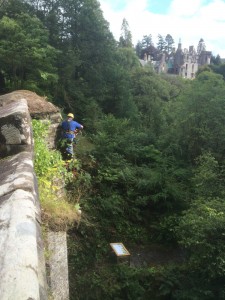
What is particularly galling is that both the steading and the bridge need work now, and therefore we need to have a reasonable dialogue with the owners about their usage of the bridge to enable work on the Steading and what their contribution will be to the restoration of the bridge.
That conversation is needed because until we have it, forward movement on either project will prove very difficult.
Here’re some more images of the problems …


